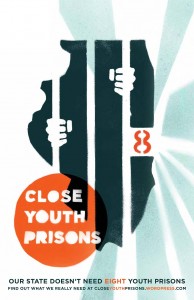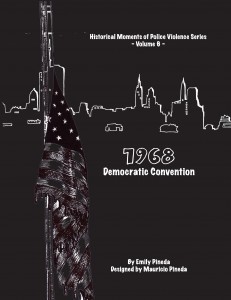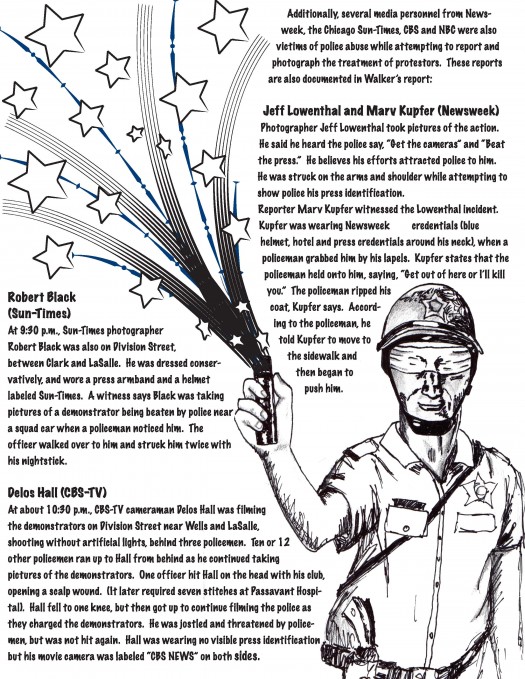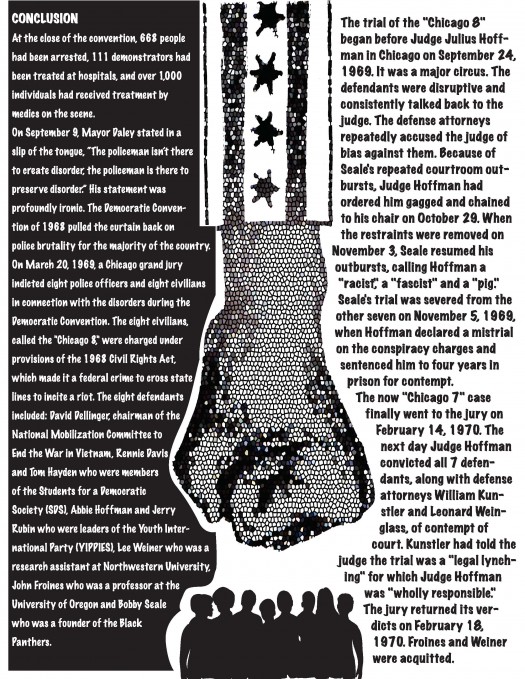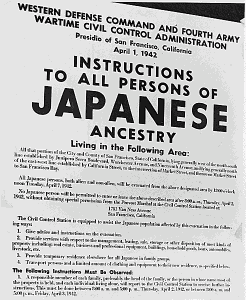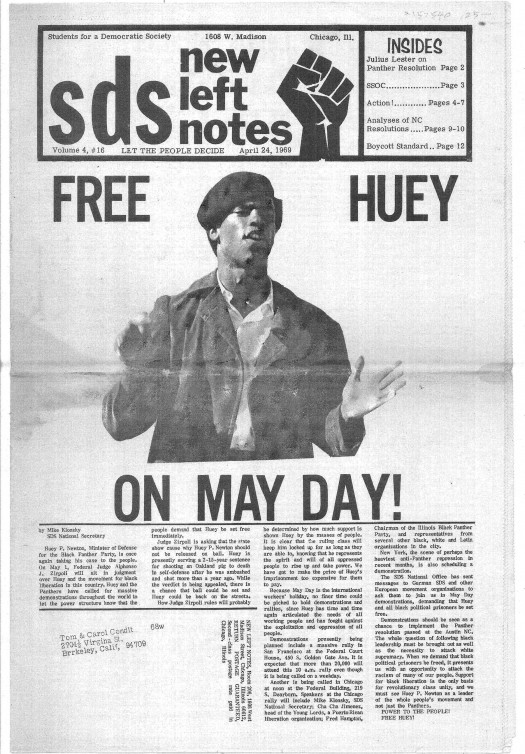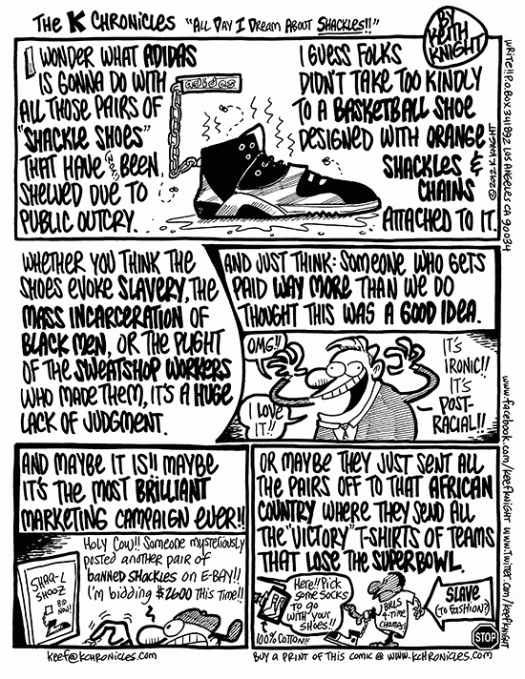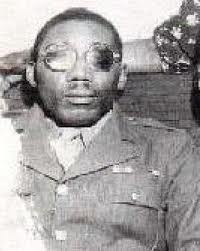Why I Do What I Do?
Hi I am Marvin. I was a ward of the state since i was 10. I was in all sorts of group home settings. That was until I got in trouble and broke the law. Yeah what a scary place to be in. IYC st Charles was my first stop. Ever been to hell? You want to know what its like? You would if you spent a few days in IYC st charles. I was sentenced to do 6 months. I was there for over a year and half. Being a ward of the state (dcfs). No one wanted to accept a convict to be released to them. I did more time because i had no where else to go. I love life now. I can honestly say i wanted to die. I tried to do the deed on a few occasions. with no friends and many enemies including the staff and guards. I had no hope. I didnt think i would ever get out of there alive. they put me in a situation with 50 other ever aggressive teens in a (cottage) or wing. These people where usually able to fly of the hinges over anything and everything. especially when they didnt get there way. It wasnt safe. It was entertainment for the guards to see someone getting beat up. it was entertainment for the guards to beat up on people. (mind you the guards knew who to beat up) others might fight back. I could go on and on and on. We were even poisoned. I remember that within a few days of each time i was recommitted. My soul would sink farther into my head, as my mind became so very foggy and my body began to hurt.
Last Tuesday, all of the young prisoners at IYC-Murphysboro were finally moved out of the facility. Murphysboro will be closed as of August 30 as promised by Governor Pat Quinn. IYC-Joliet is scheduled to be closed as of October 31st but this will continue to be a fight because of the craven legislature in Illinois that uses prisons as job programs. The young prisoners in these facilities are simply being moved into existing correctional institutions. The next step is to make sure that we stop incarcerating youth all together. But that is a long-term project. In the meantime, I take some solace in the fact that we may have two youth prisons closed by the end of this year. I will continue to fight for closing the rest. I do this work in the name of Marvin and the thousands of other young people who are caged across this country. Join us as we work to close Illinois youth prisons.
